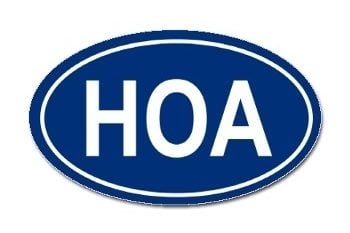Buyers considering a home in a community that has a homeowners association ( HOA ) should research an important set of rules known as restrictive covenants or CC&Rs. These are the basic rules established by the subdivision that they must follow in order to live there. The rules tend to be designed for maintaining the attractiveness and value of the property.

Not used to HOA Understand the covenants
However, some CC&Rs might have a few rules that buyers find too restrictive. That’s why you need to know what they are before you ink the deal.
Some common restrictive covenants may include permissible colors for exterior house paint, minimum property and landscaping standards, kinds of window treatments allowed, restrictions on vehicle storage or recreational vehicle parking, among others.
After you submit an offer to buy a property, you are entitled to receive and read the CC&R for the neighborhood, often within a certain number of days.
Restrictive covenants can be changed, but they must be contested, and it also takes a majority vote by the neighborhood members of the HOA.
“Yes, restrictive covenants keep the appearance of the property up and can prevent eyesores such as wrecked cars, unkempt lawns and oddball home colors,” Ailion says. However some CC&Rs, he admits, can seem too restrictive and infringe on some rights of residents.
As an example, in Keizer, Ore., an HOA would not permit a family to park an RV in their driveway that they were required to transport their disabled child. The family sued and arguing the fact that HOA rule violates the Fair Housing Act.